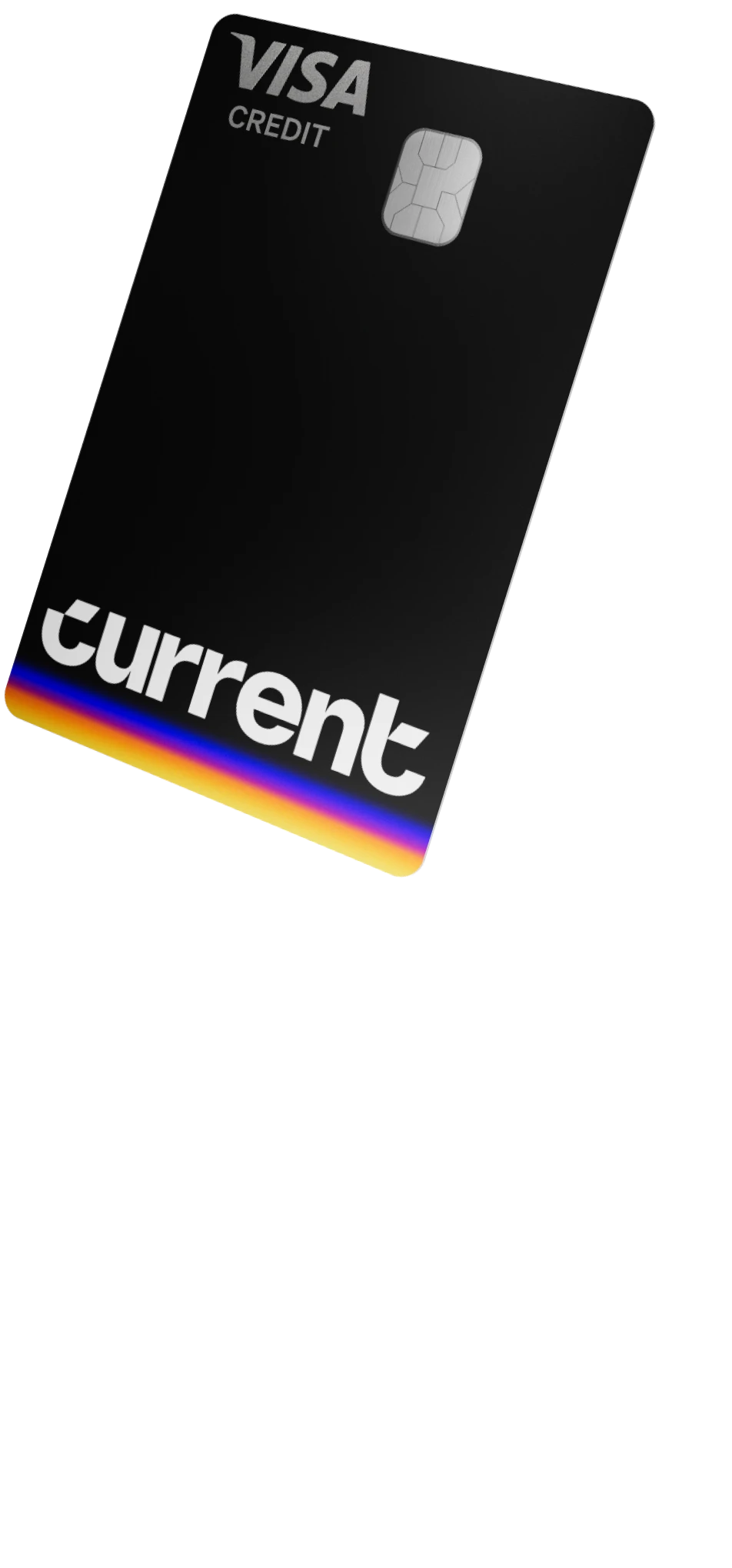Are Emergency Funds and Savings the Same Thing?

Emergency funds and savings are both ways to save your money, and they overlap in many places. They have slight differences in their use and their approach.
What Are Savings Accounts Used For?
First, savings accounts are where you set your money aside for specific goals. This can simply be a short-term goal like buying a used car or covering move-in costs for a new apartment. Long-term savings goals can be for planning to start a family or making a larger purchase.
Savings can also cover unexpected expenses, like car repair or paying for a plumber visit. Some people have multiple savings funds while others do fine with just one.
Different financial institutions offer different kinds of savings accounts that are specifically designed for certain kinds of savings. Think about what your financial goals are. You may decide to get started with a savings account that will produce the right yield to grow whatever you put in the account.
One example of a kind of savings account is a simple rainy day fund, which is intended to cover small-time unexpected costs; paying for a vet bill, for instance, or buying a new microwave when your old one stops working. Rainy day funds are not large reservoirs of savings, but they are meant to get you out of a tight situation when something happens.
Medical and Personal Savings
Lots of people put aside money specifically for medical costs, especially if they have limited health insurance coverage or no health insurance at all. Having a savings account earmarked for medical bills will make sure you can pay for your prescriptions, doctors’ office visits, and other out-of-pocket expenses you have to cover related to health care.
Lastly, many people have a simple personal savings fund, which they use for discretionary expenses. It may be intended for recreational or “fun” expenses, or it might be related to an important financial goal they are working toward. Current’s Savings Pods work well for this type of saving toward a specific goal, and you can even enable Current Boost, which allows you to earn funds daily at a Boost rate of up to 4.00% annually. For more information, please refer to the Current Boost Terms and Conditions.
Emergency Funds
How is a savings fund different from an emergency fund? While an emergency fund is a type of savings fund, emergency funds are best used to cover high, unexpected costs, or for a major financial or life change. The goal of an emergency fund is to make sure you don’t have to borrow money or max out your credit cards (and thereby incur debt) when you have to make an unexpected payment.
To that end, many people use their emergency funds to make their ends meet when they lose their jobs, or they lose hours at their job and their income is slashed. The average length of time of unemployment in America is five months (FiveThirtyEight explains that most unemployment benefits are terminated after six months), so having six months’ worth of expenses in your emergency fund will make sure your bills and groceries are paid for while you look for a new job.
How to Use an Emergency Fund
Think of an emergency fund like a rainy day savings fund, but on a bigger scale. Having a set emergency fund can help you when you have a major unexpected expense, like having to buy a new fridge or another household appliance. Emergency surgery (for you, a loved one, or a pet), especially when there is no insurance, can be covered by what is in your emergency fund.
To get the most use out of your emergency fund, dip into it only when there is no other choice. If you have a rainy day or medical savings fund, you should go to that supply for more everyday uncommon expenses.
Using Your Funds Properly
An emergency fund and your savings accounts are different — one is much longer term and bigger in scope than the other — but they both give you a sense of purpose for your money. Without having reserve money that you can easily access for an emergency, you’ll likely have to go into debt for small emergencies or suffer serious losses because you cannot pay to resolve bigger emergencies.
So, while emergency funds and savings are not the same thing, they are both incredibly important. In their distinct ways, they are ideal for avoiding debt and ongoing financial hardship. They also help you build toward your future, whether that future is buying a used car or paying for a new phone.
The sooner you start building both your savings and your emergency fund, the more capital you will have to show a vendor or lender that you are financially responsible and can be trusted. This puts you in a better place to deal with unpleasant surprises.
Consider Current’s Savings Pods to earn high-yield Interest and set goals for building an emergency fund and standard savings.
References
What is a Savings Account and How Does It Work? (March 2021). Forbes.
Billionaire Mark Cuban: Here’s How Much Money You Should Have Saved for an Emergency. (October 2017). CNBC.
How to Save for a Car on Any Budget. (June 2021). Current.
Prepare for the Unknown With an Emergency Fund. (April 2021). US News & World Report.
The Biggest Predictor of How Long You’ll Be Unemployed Is When You Lose Your Job. (April 2014). FiveThirtyEight.
Emergency Fund vs. Savings Account -- Which One’s Which? (April 2012). Business Insider.




